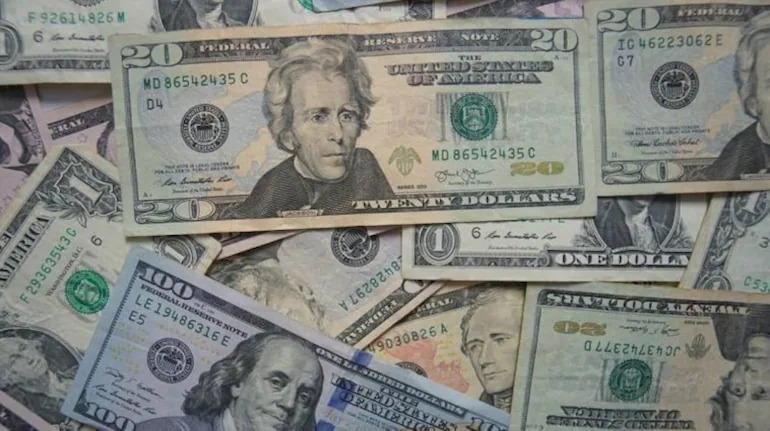The data showed that the Reserve Bank of India‘s foreign exchange reserves weakened from $4.5 billion to $528.37 billion on October 14. The current trend of reserves is the lowest since July 24, 2020. The fall in foreign exchange reserves was mainly on account of RBI’s foreign currency assets decline, falling $2.8 billion on-week to $468.87 billion. The central bank’s gold holdings declined $1.5 billion to $37.45 billion on October 14.
In the week ended October 14, the rupee weakened a mere 0.03% against the USD. The USD index, measuring the greenback against six major rival currencies, strengthened 0.5% during that week. According to Parmar, the sturdy movement in the rupee was mainly attributable to the RBI’s interventions. The central bank sold dollars heavily around the 82.40/$1 mark last week. In 2022, the rupee has weakened 10.1% against the US dollar amid the Ukraine war and aggressive rate hikes by the Fed, dampening the appetite for emerging market currencies.
The RBI’s forex reserves have declined since Russia invaded Ukraine in late February. The reserves were at $631.53 billion as on February 25, 2022. On September 30, RBI Governor Shaktikanta Das said 67% of the reserves fall in the current financial year was amid revaluation. The RBI data mentioned it had net sold $4.2 billion in the forex market in August, following sales of $19 billion in July. The RBI had net sold $3.7 billion in June. In April, the RBI net bought $1.9 billion in the currency market and $2.0 billion in May.
The current trend of reserves represents an import cover of close to 9 months. The reserves level in September 2021 is estimated for almost 15 months of imports.
 Live
Live

